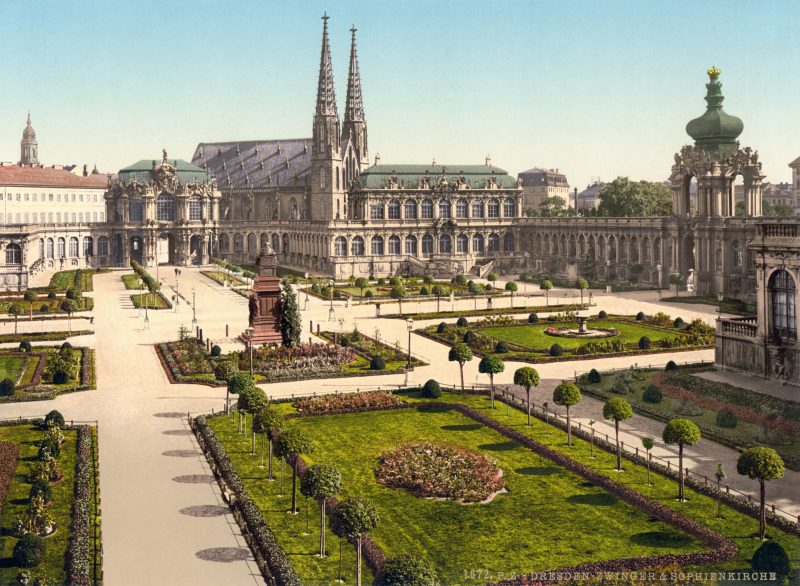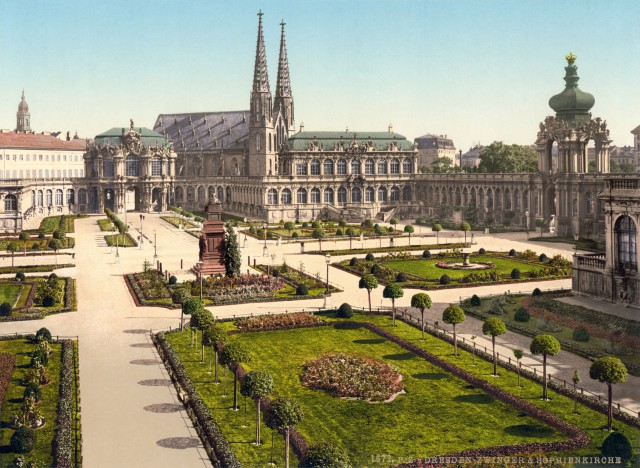On February 13, 1945, Dresden in East Germany was hit by an overwhelming Allied bombing raid. First the British Royal Air Force dropped more than 4,500 tonnes of bombs, and the next day US bombers conducted a second wave.
While casualty numbers are highly disputed it is thought that around 25,000 civilians lost their lives. It was one of a series of bombing raids the Allies carried out over major German cities in order to pave the way for the Red Army, which was advancing its troops to the German border on the east.
The bombing of Dresden was and still is highly controversial, and Dresden has become somewhat of an iconic location for both far-right and far-left parties wishing to make a statement in their favour. The day of the 1945 attack has been commemorated every year, and this year’s commemoration was even more controversial than ever since it marks the 70th anniversary of the bombings.
One survivor, Ursula Elsner, was 14 at the time of the bombing. Her family had taken shelter in their cellar, but when ash started to come into the cellar Ursula and her seven year old brother escaped. Once they were outside, she remembers being surrounded by devastation. They survived, but their family, which had remained in the cellar, died from carbon monoxide poisoning, The Telegraph reports.
The city was reduced to rubble, but was rebuilt quickly, and within ten years the Church of Our Lady in the city centre was rebuilt. The Church retained its black burnt brickwork alongside new white bricks, and still acts as a reminder of those two days.
The question as to whether it was actually necessary to conduct such intense bombing raids at that point in the war has been raised by both the Allies and the Germans. Dresden was an important location for the Nazi’s war effort, since it housed large manufacturing facilities for weapons and was a central railway network in Germany’s east. Nevertheless, even British war prime minister Winston Churchill wondered if the bombing was sheer revenge rather than a mission crucial to the war effort. Matthias Rogg of the Dresden Military History Museum says that Germany started the war, and through bombing raids like Dresden’s it came back to them.
The older generation continues to commemorate the raid and remember those who died and those who took part in the bombings. But the younger generation is using the commemoration as an excuse to further their political beliefs. Neo-Nazis hold a march every year, while another far-right organisation, Pegida, uses Dresden as a venue for regular marches.
Even as the embers still burned after the Dresden bombings, Nazi propaganda began to claim that the city was an innocent victim, and that the Allies had committed a war crime.

